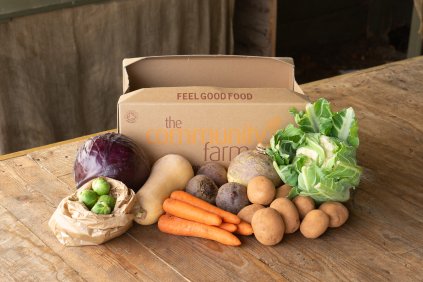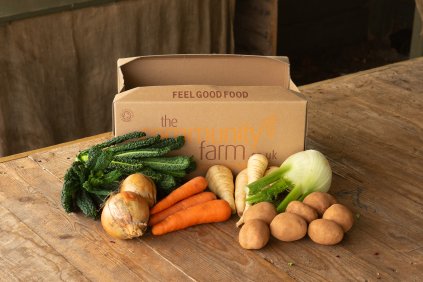If you haven’t heard yet, adding a pond to your outdoor space, no matter how big or small, is a great way you can create a habitat that supports a diverse array of wildlife. They can range from container ponds such as old sinks and metal buckets to bigger ponds using pond liners, and by introducing some key native plants you can be sure to enjoy a pond which is teaming with life fairly easily. And that's just what our Wild Steps crew recently enjoyed doing as outlined by course coordinator, Jason Leck...
'During our last Wild Day session at The Farm, we set about adding more plants to our pond which is located in the Learning Area. Once you have your pond it is really important to get the right plants to help create a rich habitat, not only for supreme pond dipping, but also to benefit the wider farm community of birds, pollinators, moths and mammals with water in dry summers.
So what did we plant? Well, the first to go in (and the most important) was a native oxygenating plant called Hornwort which should be on every pond owner’s list. This plant promotes healthy, fresh water by filtering the water and keeping algae at bay.
Next went in some lilies, (because you can’t have a pond without lilies!) so three native Alba lilies are now in situ and will be key for adding cover to help lower pond temperatures and reduce evaporation in the summer as well as offering resting posts for dragonflies and frogs and shade for invertebrates beneath.
Finally, we added plants to the margins, the areas that are sometimes in water and sometimes not. Marsh Marigold, Golden Creeping Jenny, Water Forget-Me-Not and Pink Flowering Rush all provide an egg-laying habitat for newts and add interest to a pond. Then you can sit back and enjoy - don’t forget to do some pond dipping, it’s for big kids as well you know!'
If you're interested in attending one of our next Summer Wild Days and helping out with projects such as this we'd love to have you, take a look here and come along!
By Jason Leck, Wild Steps Coordinator
















